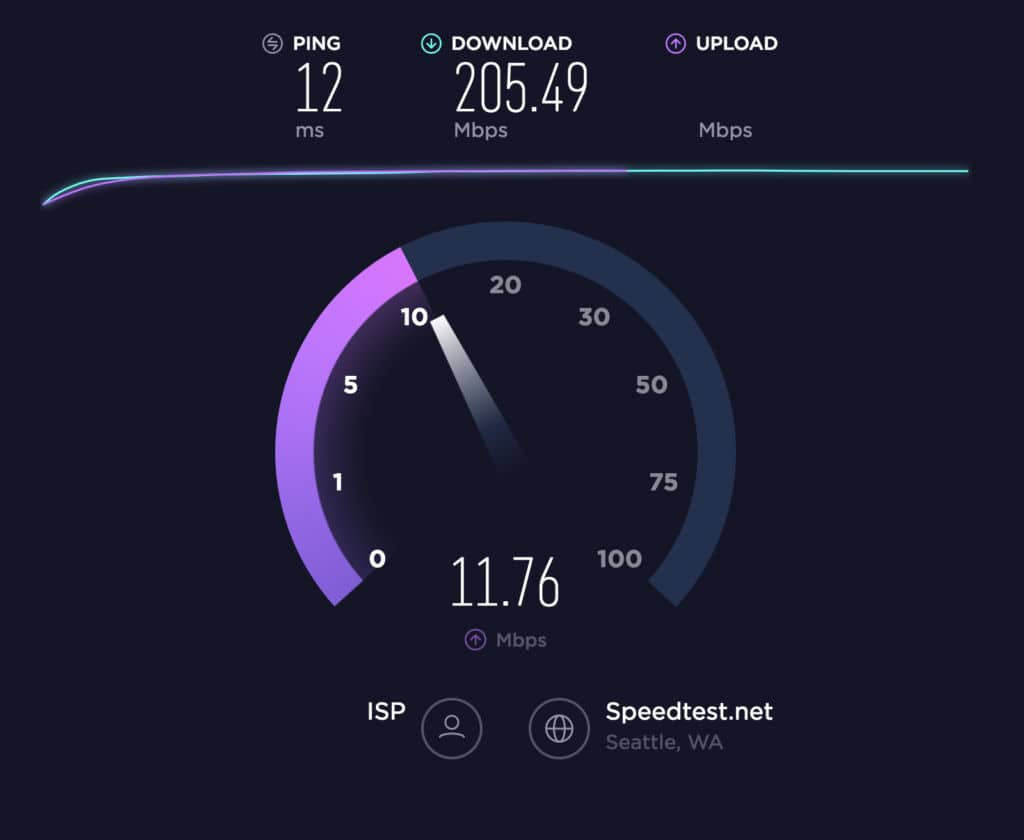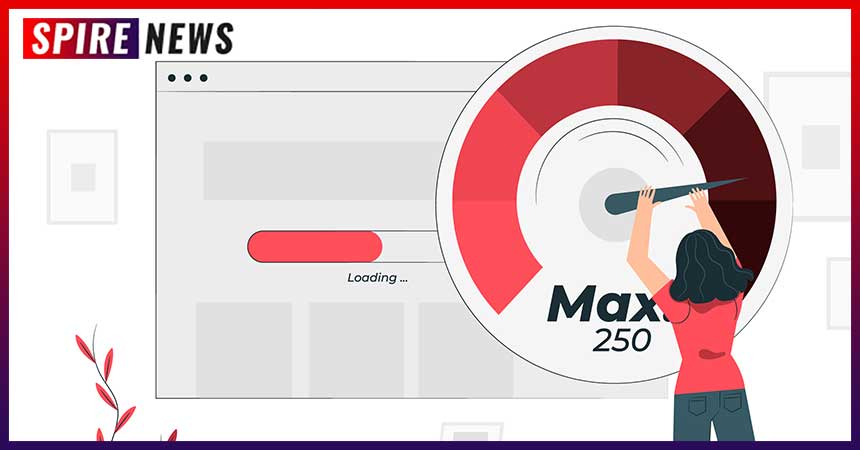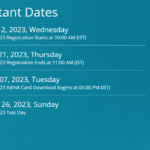These are the possible reasons you may experience slow internet speed at your home. Here’s how to fix it.
It is not enough to have reliable internet at home to stay in touch with loved ones or entertain yourself. Working from home has become a permanent reality due to the COVID-19 pandemic.
- Advertisement -
Bandwidth is required by our PCs as well as our mobile devices, Internet of Things products, Internet of Things (IoT), the virtual Private Network (VPN), services that we use to access business resources, smart TVs and gaming consoles and streaming services like Amazon Prime and Netflix. The fight for capacity can cause connectivity problems as many people spend a lot of time at home, particularly when multiple people are living in the same house.
Slow Internet speed, connectivity drops, bottlenecks and lagged content streaming or downloading are all common issues with home internet services.
- Advertisement -
We will explore the most common reasons your slow internet speed and what you can do to fix it.
Bandwidth throttling
You may have used a low-cost subscription to your Internet Service Provider (ISP), once for checking your email and watching YouTube videos at home. If you are having constant slow internet speed issues, you will need a connection capable of managing VPNs, smart home devices, remote Microsoft Teams meetings, and all this while your children use Zoom to take a virtual lesson or play video games, then this is the right thing to do.
Before you examine your hardware, ensure that the package can handle today’s variety of devices and their demands for bandwidth. Steven J. Vaughan–Nichols of ZDNet recommends a minimum speed 30Mbps. Many areas can only be served by cable connections. However, fiber should offer faster speeds.
- Advertisement -
If you use too much bandwidth, your internet provider might have placed a throttle on the service. You will need to contact them to fix the problem.
What is my speed?
You don’t have to suffer slow internet speeds if you’re already on a package like fiber. For a live analysis, go to Speedtest.net and Fast.com.

- Advertisement -
Slow internet speed? Possible causes and How to fix them
These services are free and will check your download speed and upload speeds.
It could be an issue with your ISP if you pay for a package that includes 30Mbps but are receiving speeds only 2 or 3.
It is worth calling your provider to check if there are any outages in your area. You can do this by entering your ISP’s name, along with “outage”, into a search engine, or visiting their website. If you are experiencing trouble, you could ask your neighbors.
- Advertisement -
Flickering lights may be a sign of a problem with your router or cables.
If you are having problems with a particular service online, visit Down for all or me and enter the address. You can then check if there is a third party problem or outage. Sometimes it is not your service that makes web domains unavailable. It could be ISPs or content delivery network (CDNs) such as Fastly, which made large swathes inaccessible in June .
Reset your router
Sometimes the simplest explanation may be the best. Try unplugging the router and letting it run for 10 seconds before turning it on again. Routers can sometimes need a refresh in the same way a computer does.
Location, location and location
Two types of hardware are used to connect your home. A traditional router and a mesh network.
Traditional routers are a hub that links you to your ISP service. These routers manage traffic via one access point.
Mesh networks, a newer entrant to the market, create a network of nodes that allow for internet access. These products do not require every device in your home to connect to one router. Instead, they include a hub and nodes which can be placed around different parts of your house. Devices will then connect to the nearest node to access internet.
Traditional hardware such as the default router that your ISP provides, is a good option. However, it’s important to remember that distance can lead to connection problems, slower speeds and dropouts. To boost signal strength, you can move your router closer to your home or get a Wi-Fi extender.
Also, objects can block connections between devices and routers. Try to keep clutter as far from your router as possible.
However, larger properties and home offices may not be accessible by one central internet hub. Moving your router is not enough. A mesh network may be a better option.
Both can offer reasonable speeds, but mesh networks tend to lose some speed in exchange for better connectivity. An upgrade to your router will provide you with high-speed, direct connections that are suitable for streaming, gaming and other power-hungry applications. It is likely to perform better than a mesh configuration. A default router provided by ISPs may not be able to meet increased bandwidth demands in homes today.
If your hardware is not capable of supporting high-speed internet, it’s also not worth signing up for one. If you experience slow speeds, you should also consider the age and condition of your router.
Check your wiring
The wiring connecting your router to a phone jack, switch or computer is something that can be overlooked, but could lead to connectivity issues or slow speeds. You might want to refresh your wires and replace any old ADSL/Ethernet cables.
Piggyback?
Slow Internet speed could be caused by someone else hijacking your internet subscription. The default password for routers is randomized and printed on a sticker. However, if your password has been changed to something less secure, if you are using insecure protocols, or if your Wi-Fi hotspot is open, it could be an indication that someone else is using your network without you being aware.
You can lock your connection and change your password by visiting the router’s configuration page using a browser. Check the router address used by your vendor — usually something similar to 192.168.0.1. Or, you can do a Google search using your router type. This should give you the address required to access router settings.
https://www.spirenews.net/breaking/flipkart-big-billion-days-2021/
Crowded channels
Wi-Fi channels allow data to be sent and received. If you have too many connections, it can cause a bottleneck and slow down your broadband. You may be able switch to less congested traffic routes depending on what channels your router uses.
You can use different Android or iOS applications to easily analyze your Wi-Fi channels and see which devices are connected to them. You can change channels by signing in to the router’s configuration page.
Slow VPN
Virtual private networks (VPNs) are software that encrypts connections between your device, servers, and masks your IP address. Many of us work from home and offices might require that we use a VPN in order to gain access to corporate resources.
A VPN can be purchased as either a paid customer or a free one. While paid options are generally faster, they can slow down your internet because you are using a relay to traffic.
You can often try a different option for your VPN. For example, Londoners who are connected to a New York server may try another server in the UK. There are many differences in the speeds offered by VPNs.
https://www.spirenews.net/business/finance/index-funds-etfs-explained/
It is not recommended to use free VPNs as there are always tradeoff in exchange for access. This could be in security, personal data or speed. You might consider paying for a paid service if you find the speed of a free VPN too slow.
We are currently recommending Surfshark and NordVPN as our top choices.
Malware and nuisance ware
Your ISP or hardware may also be responsible for slow internet speed. It could be that malware has infected your computer, causing it to slow down. To be sure, run an antivirus scan
Check your background usage
You may not realize it, but some mobile apps or PC programs that have high resource demands or stream requirements can eat up bandwidth you don’t need. You should close any software that you do not need.







